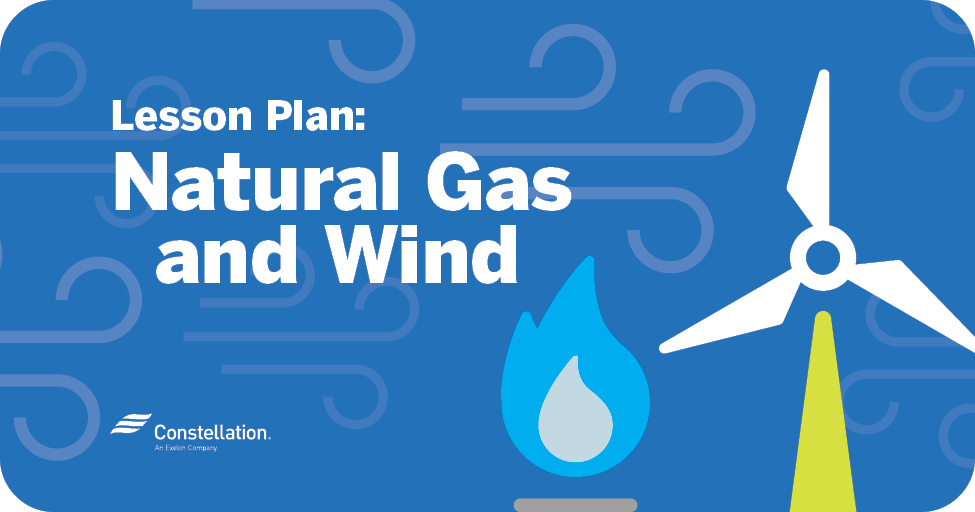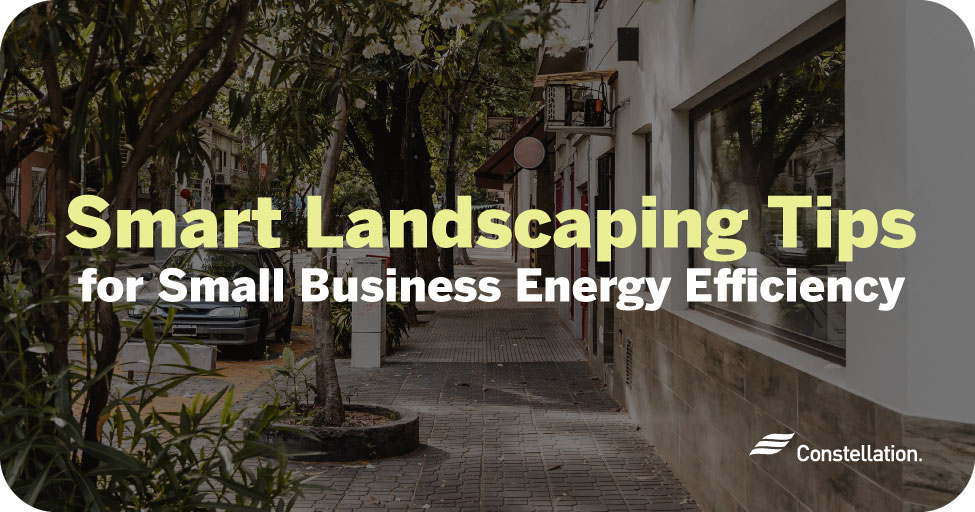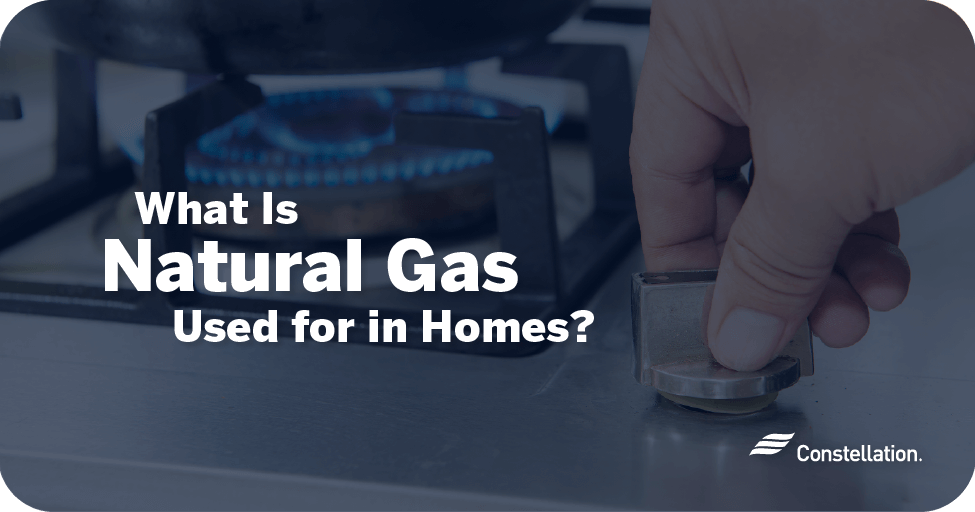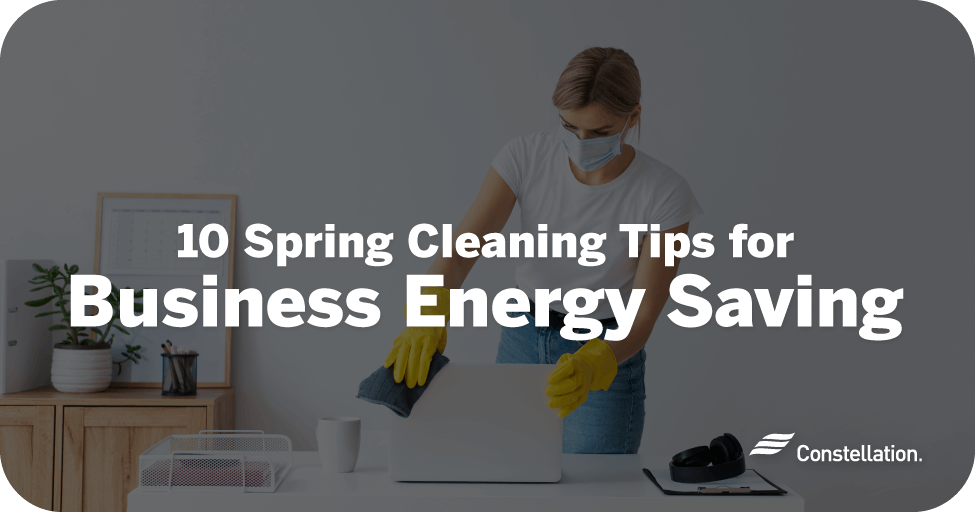
- Category:
Energy Choice - Published:
April 24, 2020 - Updated:
March 28, 2022
Lesson Plan: Natural Gas and Wind Energy
Wind Energy
Wind is moving air. If air is moving, work can be done! This lesson will help students to begin to understand how wind is created on Earth and how we can use it to do important work like grinding grain, moving ships, pumping water, and perhaps most importantly, generating electricity!
Looking for more home energy activities? We’re pleased to work with The National Energy Education Development Project (NEED), to deliver these fun activities. Be sure to check out their library of resources, and their specialized collection of energy-themed distance/at-home learning activities. All activities are totally free for use at home or school, and accessible by visiting their website, www.NEED.org.

- Background reading: Primary Energy Infobook – Wind
*Primary reading is structured with the student reader page first, and the teacher/adult page second. Younger or less advanced readers can read along with the student pages, and the teacher pages may be read aloud to them. Advanced readers may be able to read most on their own.
- Printable Worksheet: Observing the Wind

- Background reading: Elementary Energy Infobook – Wind
- Interactive worksheet

- Background reading: Intermediate Energy Infobook – Wind
- Interactive worksheet

- Background reading: Secondary Energy Infobook – Wind
- Printable worksheet: Designer Phone Case

- Wind Can Do Work is a fun, hands-on challenge to showcase how windmills have done work for centuries. This activity explores wind doing work to lift weight, much like a windmill on a farm might be used to pump water from a well. Complete the activity as written using the instructions and the printable 4-blade windmill template.
Extensions & Important Information!
- Don’t have all the prescribed materials? Did you complete the activity as-is and think your kids are up for an added engineering & design challenge? Create a Wind Weightlifter design challenge using only the prompt and removing the step-by-step instructions! Sample “teacher’s cheats” and suggestions of alternative materials are provided!
- Check out NEED Educator Rob’s Wind Can Do Work Challenge EdPuzzle video on YouTube. His video gives a brief intro to wind, and a video step-by-step of the project. For older and more math-capable learners, stick around to the end of the video to learn how to calculate how much power (in watts) your paper-based turbine is capable of providing! Students can determine the actual power rating of their model, much like power ratings of the giant, wind turbine generators they see outside!
Additional support links:
- https://www.youtube.com/watch?v=7eNmu08A7-Y&feature=youtu.be
- https://switchon.org/ (Free signup for all video clips)
- https://www.eia.gov/energyexplained/
- https://www.eia.gov/kids/
Natural Gas
This lesson will introduce students to the many ways in which we use natural gas in our lives. Natural gas is classified as a hydrocarbon, or a material that is made of hydrogen and carbon chemically bonded together. Hydrocarbons are used very readily for energy and in industry because the bonds of hydrogen and carbon hold and release a good amount of energy, and the bonds can be altered very easily to create new products. Natural gas, unlike some other hydrocarbons, is more cleaner burning, and therefore is used readily in industry to create products, in homes and businesses for heating and cooking, and also as the leading generator of electricity. This lesson will showcase basic information about formation, production, and uses of natural gas. Students will then try their hand at “Getting the Gas Out.”

- Background reading: Primary Energy Infobook – Natural Gas
*Primary reading is structured with the student reader page first, and the teacher/adult page second. Younger or less advanced readers can read along with the student pages, and the teacher pages may be read aloud to them. Advanced readers may be able to read most on their own.

- Background reading: Elementary Energy Infobook -Natural Gas
- Interactive Worksheet

- Background reading: Intermediate Energy Infobook – Natural Gas
- Interactive Worksheet

- Background reading: Secondary Energy Infobook – Natural Gas
- Printable Activity: Natural Gas in the News

One of the biggest challenges in using hydrocarbons like natural gas is producing, or recovering them from below the surface. When drilling for natural gas, natural pressure below the surface will often force the fluid to the surface on its own after the well is opened. Sometimes, this natural pressure is lacking, or over time this pressure may decrease. Bringing oil and natural gas to the surface in the U.S. can require assistive devices or artificial pressure mechanisms. In Getting the Gas Out , students will explore the variables present when trying to produce adequate pressure to bring fluids to the surface. Try experimenting with various viscosities or thicknesses of liquids. Or, for a fun challenge try Pump It Up. A challenge-based version of the prescribed activity, where students are provided a prompt and must design their own pumping mechanism. The system depicted is most commonly used in wells where oil and natural gas are being recovered together. **This activity suggests using a dark liquid. This is simply for modeling purposes to demonstrate easily that the fluid has moved through the well casing. It would be difficult to showcase this with a gas.
Additional support links:
- power/#.XoJwYIhKjs0https://www.smud.org/en/Corporate/About-us/Video-library
- https://switchon.org/ (Free signup for all video clips)
- https://www.eia.gov/energyexplained/
- https://www.eia.gov/kids/
Spring Lesson Plans:
- Lesson Plan 1: Energy Basics and Energy Sources
- Lesson Plan 2: Electricity and Electricity Generation
- Lesson Plan 3: Conservation at Home
- Lesson Plan 5: Solar Energy
- Lesson Plan 6: Understanding Your Electricity Bill
- Lesson Plan 7: Measuring Your Electricity Consumption
- Lesson Plan 8: Lighting and Appliances
Fall Lesson Plans:
- Lesson Plan 1: Biomass
- Lesson Plan 2: Hydropower
- Lesson Plan 3: Water Conservation
- Lesson Plan 4: Climate Change and Energy Conservation
- Lesson Plan 5: Heating and Cooling




